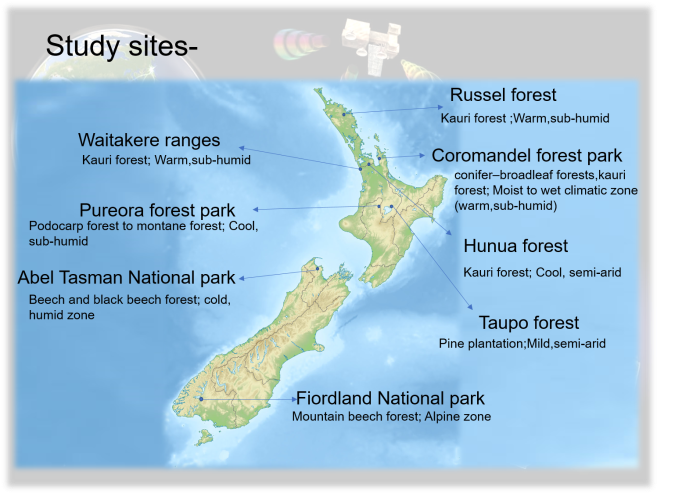Posted by Carolina Lara @carislaris
I graduated from my masters in 2012 but sadly it was a difficult emotional experience. This was because I had poor academic support from my supervisor and that I could not accept that I was suffering depression. It took me almost two years to overcome that experience and to decide to do a PhD. Little did I know what I was getting myself into. Don’t take me wrong, my PhD experience has been rewarding but not easy, and I’m sure that I can speak for many colleagues.
I know what it’s like to live with high levels of anxiety and stress due to study. Seeing other peers “calmly” navigate the sea of PhD in my first year made me extremely anxious “I am the only one feeling like this?” I eventually found I’m not. A few months ago I read this article strikingly pointing out “one-third of PhD are at risk of having or developing a common psychiatric disorder”. PhD peers, WE ARE NOT ALONE.

Toby Allen draw different mental disorders as monsters and found this to be a healing process
Of course it’s not easy to open up about how we feel or even think what we are feeling can actually be diagnosed as a mental disorder. The sense of vulnerability involved can be overwhelming. In the end it’s often easier to isolate ourselves and put on a (fake) smile.
Self-care strategies can be of great help when dealing with a mental disorder but the efficiency of different practices will vary from person to person. Seeking professional help then might seem the best option, but this is not straightforward for everyone. Probably the most important thing when feeling emotionally unstable is to talk to a friend or family member, or even your supervisor. I have a deep respect for amazing supervisors who not only act as an academic guide but who are also able to see a person before a student.
This journey has not finished for me yet, but I can proudly say I have learnt a lot (both good and bad things) about myself while doing a PhD. This often makes me think that as much as a PhD is about science, it’s also about personal discoveries. I wish my degree could state that as well!

Carolina Lara M. is a PhD Candidate within the Centre for Biodiversity and Biosecurity, School of Biological Sciences, University of Auckland. Her research interests focus on seed dispersal networks within fragmented landscapes. She is supervised by Margaret Stanley, Jason Tylianakis, Karine David, and Anna Santure.







 Kshama Awasthi is an MSc student supervised by Cate Macinnis-Ng and Jay Gao.
Kshama Awasthi is an MSc student supervised by Cate Macinnis-Ng and Jay Gao.